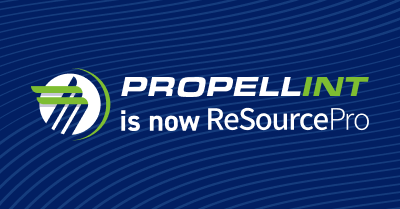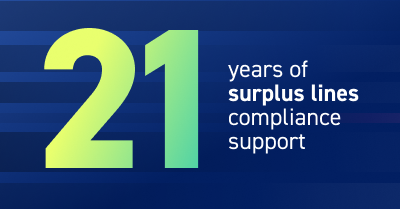Susan serves as VP, Growth Solutions, and Frank is Practice Leader, Growth Solutions at ReSource Pro.
Producer Validation: An All-Too-Common Challenge
What if 50% of the time, your car wouldn’t start, your paycheck was wrong, or your pharmacy gave you the wrong prescription? It would be unacceptable! Yet, only 57% of producers validate across agencies of all sizes, according to the 2020 Best Practice Study from the Big “I” and Reagan Consulting.
This isn’t a small problem, it’s a huge one. The cost of a failed producer to an agency can be in the hundreds of thousands of dollars when you factor in recruiting costs, salary, training, and lost opportunities.
As the number of seasoned producers nearing retirement rises, agencies must focus on creating a more robust producer development model, one with a curriculum that will challenge participants and help them be successful in today’s complex insurance marketplace.
1. Revolutionize the Sales Process
The expectation of value delivery has changed. To gain first appointments, producers must first demonstrate value through their messaging and communication strategy, piquing prospects’ interest by displaying an understanding of the prospects’ business, industry, and challenges.
In addition, buyers want to work with producers who can help them discover risks that may be right around the corner. Teaching producers to not only assess risk but help buyers understand the impact of that risk should be a key component of any producer validation training program.
Finally, producers should view risk management as an ongoing process. Risks are continually emerging, creating additional opportunities to protect clients and change coverages dynamically.
2. Create an Environment of Expectations
Develop goals for producers that are challenging but realistic. These goals should align with the agency’s objectives and should be communicated to producers as early as the interview stage. It is also important to set and regularly measure leading and lagging indicators of success, such as the type and volume of activities required for producers to achieve their goals.
Be sure to conduct weekly, monthly, and quarterly agenda-driven meetings to check in with producers. These meetings can be used to plan around producers’ opportunities in play, assess their 90-day pipeline value, or conduct actual to goal budget reviews.
3. Engage Mentors
While seasoned salespeople can serve as valuable mentors to new producers, they may not have a measurable and scalable sales process to coach around. Mentors should coach based on an established sales playbook rather than attempting to teach their own personal process. It is also helpful to develop a mentor training program that enables mentors to gain the skills necessary to coach others, such as leadership, facilitation, and time management.
Lastly, ensure mentors are clear about their roles and commitment to build the next generation of talent in the organization by following a sales process.
4. Embrace Specialization and Complexity
Buyers want to engage with brokers who are specialized and can help them make better informed decisions around newly emerging risks. To meet this demand, create specialization training tracks and encourage producers to specialize early, ideally within the first 12 months of hire, by focusing on 1-2 industries or a specific line of insurance, such as workers’ compensation.
Increasing competition—such as carriers going direct and online brokerages—means that producers should also be encouraged to go upstream to pursue larger, more complex accounts, especially those in the middle-market space, which often seek the leadership producers offer. This may require reducing or even eliminating compensation for small accounts.
5. Foster Ongoing Growth
Your sales process should include strategies that will not only help you discover and attract new business but also grow existing clients. This may include:
- Capturing outcomes you’ve helped your client achieve. Leverage these outcomes to attract new business and demonstrate the value you bring.
- Gaining client referrals. Ask your best clients if there are others like them that would benefit from a similar relationship.
- Growing share of wallet of existing clients. Clients are often best protected when one agency is managing all aspects of risk, including property and casualty, workers’ compensation, and employee benefits.
- Conducting annual assessments to identify cross-selling and upselling opportunities. Millions in untapped revenue lies in agencies’ existing accounts.
Producer Development Can’t Wait
Unvalidated producers are costing agencies thousands per year, and with a growing talent crisis, it is more critical than ever for agencies to establish training programs capable of creating specialized, highly skilled producers.
Want to find out how ReSource Pro can help? Visit our Agency Growth Solutions page.



